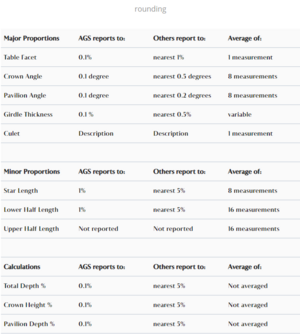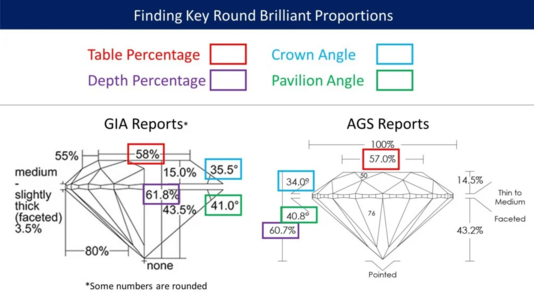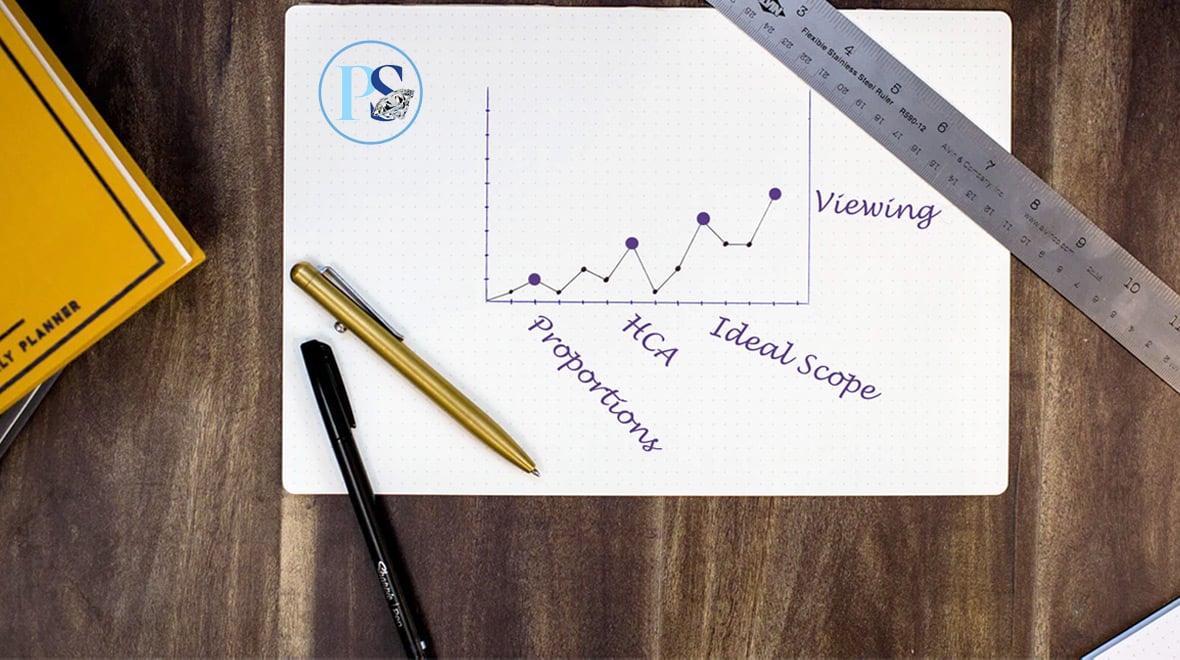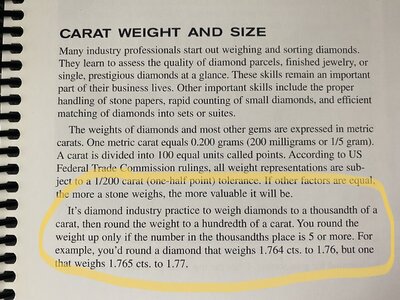scramblezy
Rough_Rock
- Joined
- May 17, 2021
- Messages
- 13
Have noticed that this comes up a lot as an issue with GIA certificates - the gross rounding of proportions as compared to labs like AGS. I ventured onto the GIA website but wasn’t able to fully understand how they do their rounding for borderline cases and was wondering if people here would be able to answer that?
Table percentage: rounded to the closest 1%. Does this mean for 56.4% and below it gets rounded to 56%? What about say 56.5%? Does it get rounded to 56% or 57%?
Crown angle: rounded to the nearest 0.5 degrees. Again, is it rounded down to 34.0 if it’s 34.4 and below? And then to 35.0 if it’s 34.6 and above? Or is it always rounded up to the next 0.5 regardless?
Pavilion angle: rounded to the nearest 0.2 degrees. Is it always rounded up?
Just hoping to better understand the possible actual angles when viewing GIA reports. Thank you!
Table percentage: rounded to the closest 1%. Does this mean for 56.4% and below it gets rounded to 56%? What about say 56.5%? Does it get rounded to 56% or 57%?
Crown angle: rounded to the nearest 0.5 degrees. Again, is it rounded down to 34.0 if it’s 34.4 and below? And then to 35.0 if it’s 34.6 and above? Or is it always rounded up to the next 0.5 regardless?
Pavilion angle: rounded to the nearest 0.2 degrees. Is it always rounded up?
Just hoping to better understand the possible actual angles when viewing GIA reports. Thank you!












300x240.png)